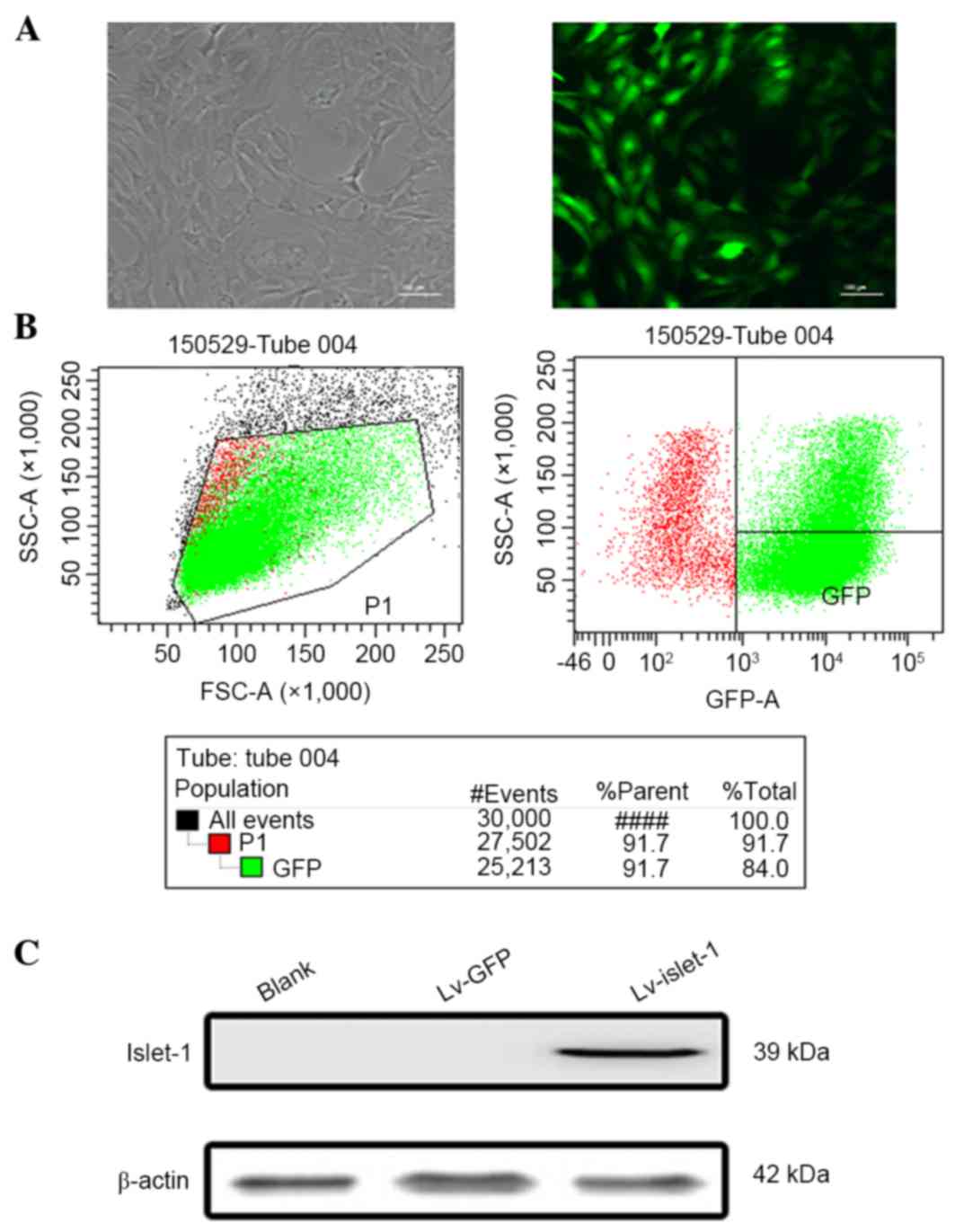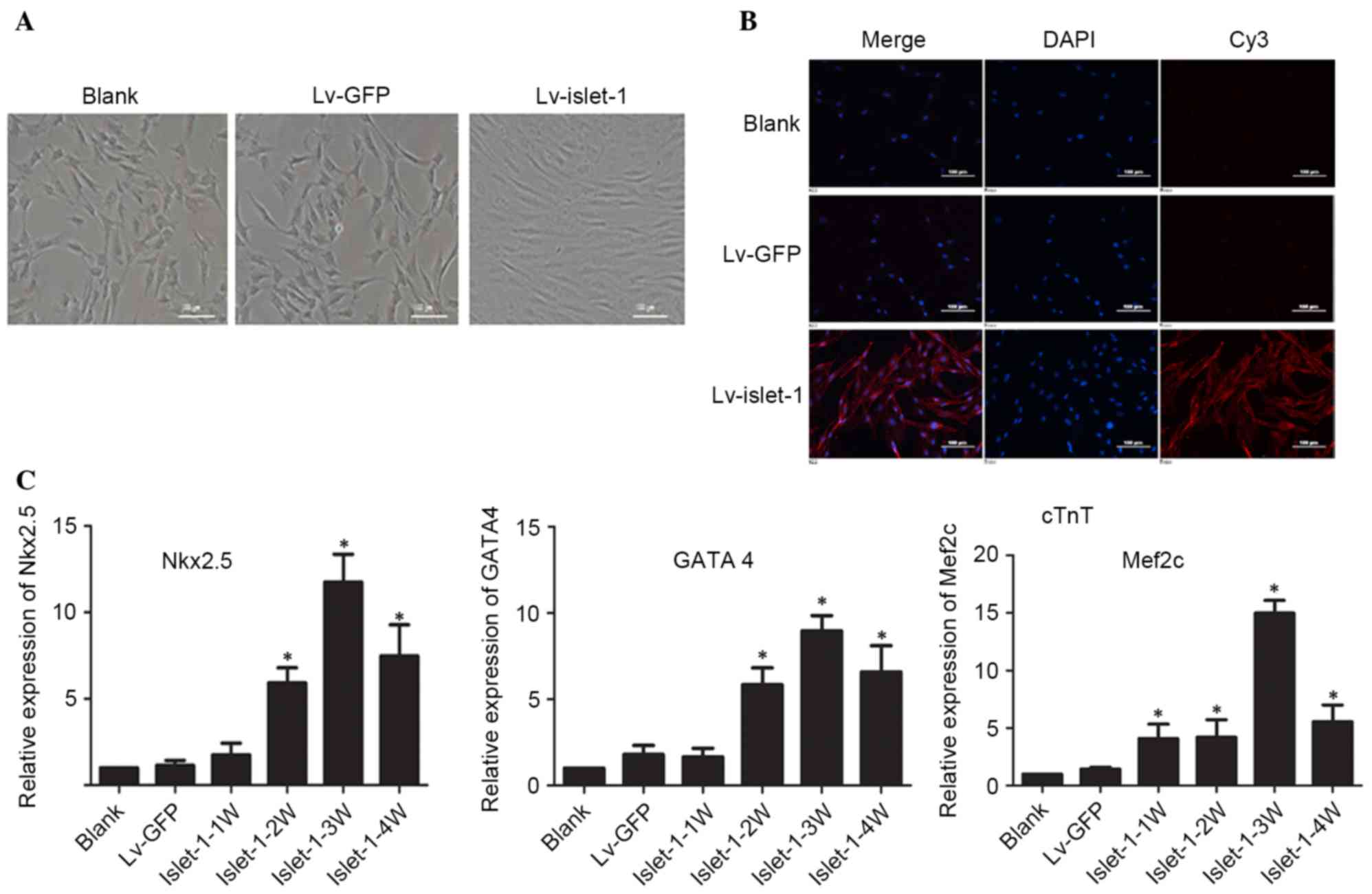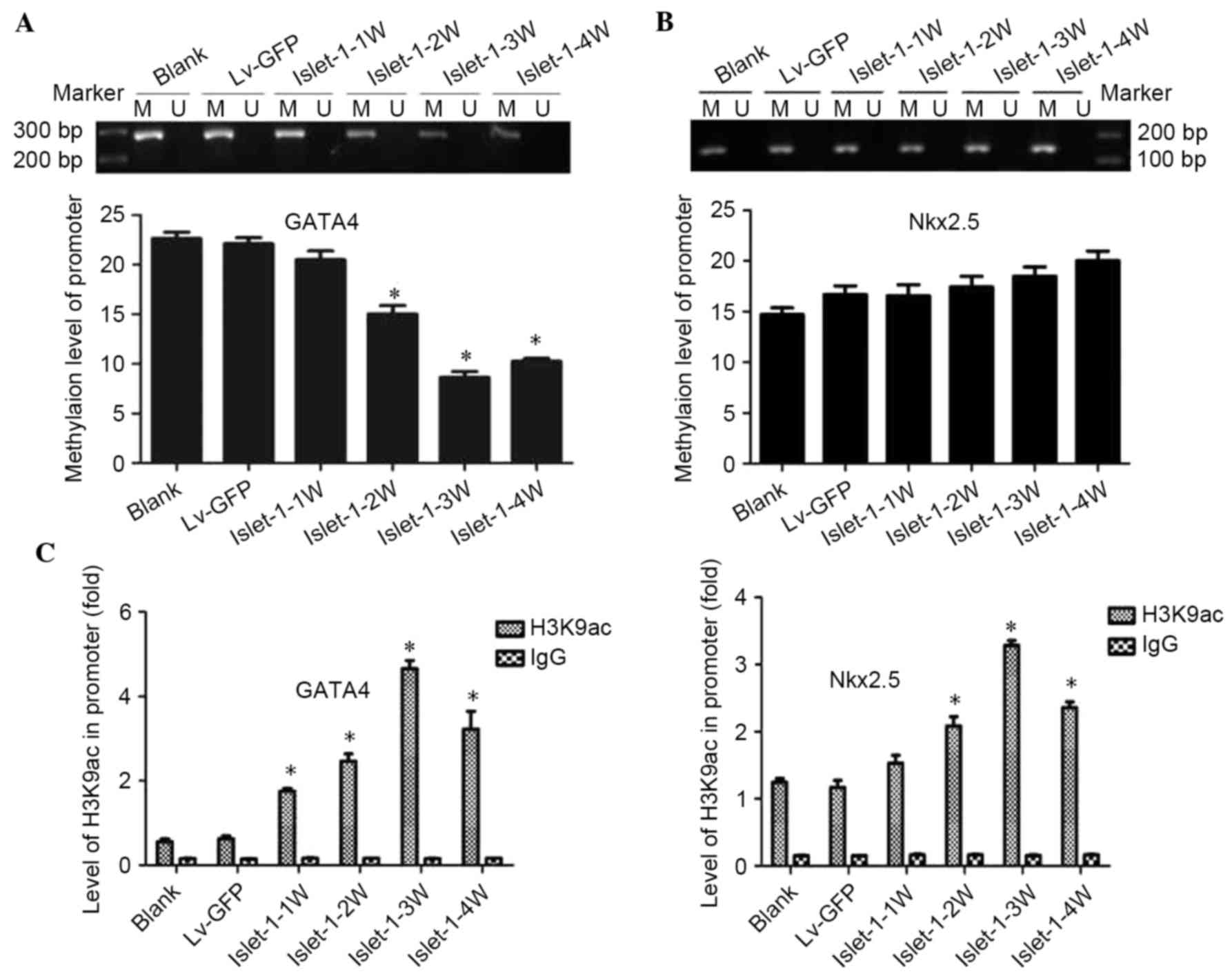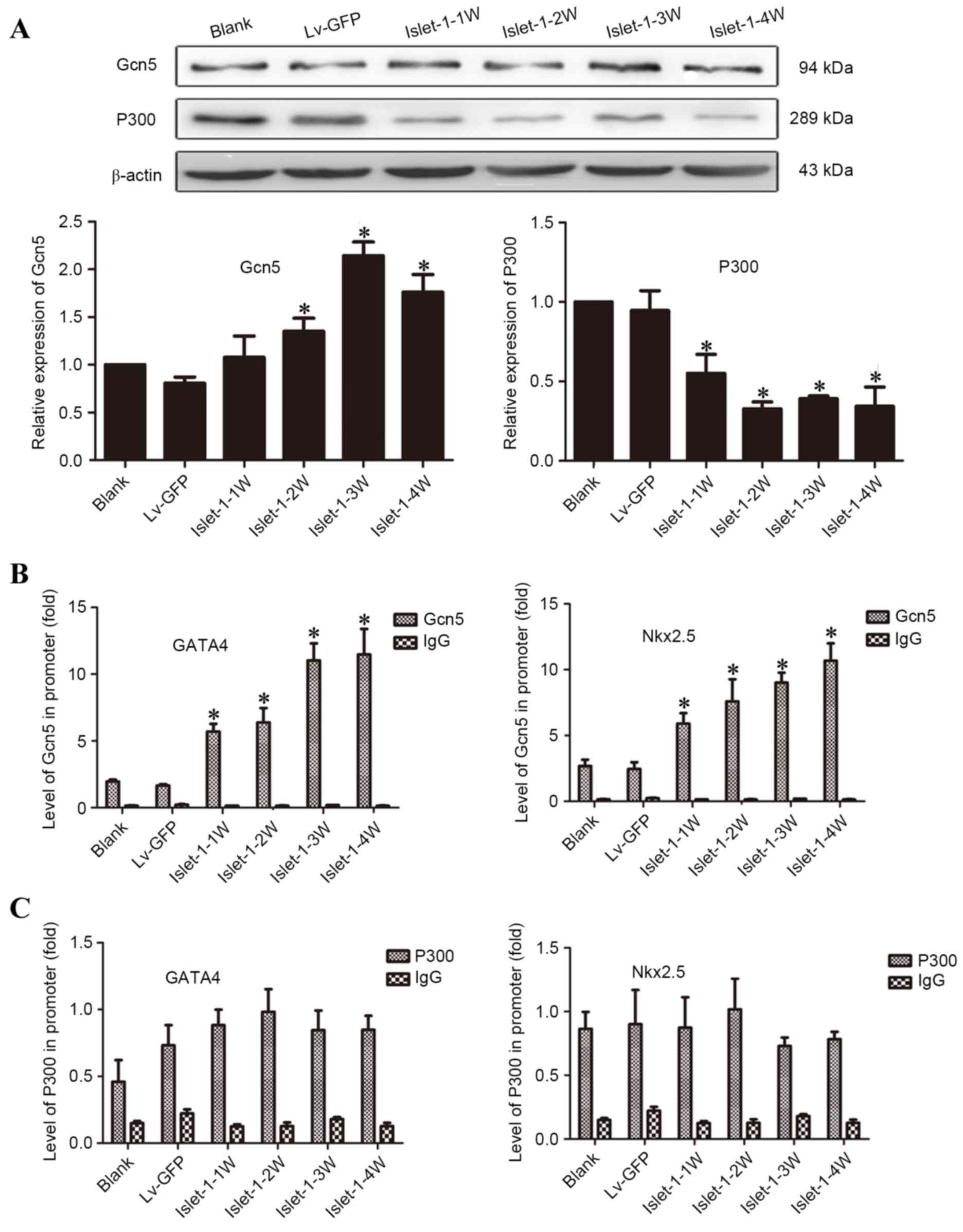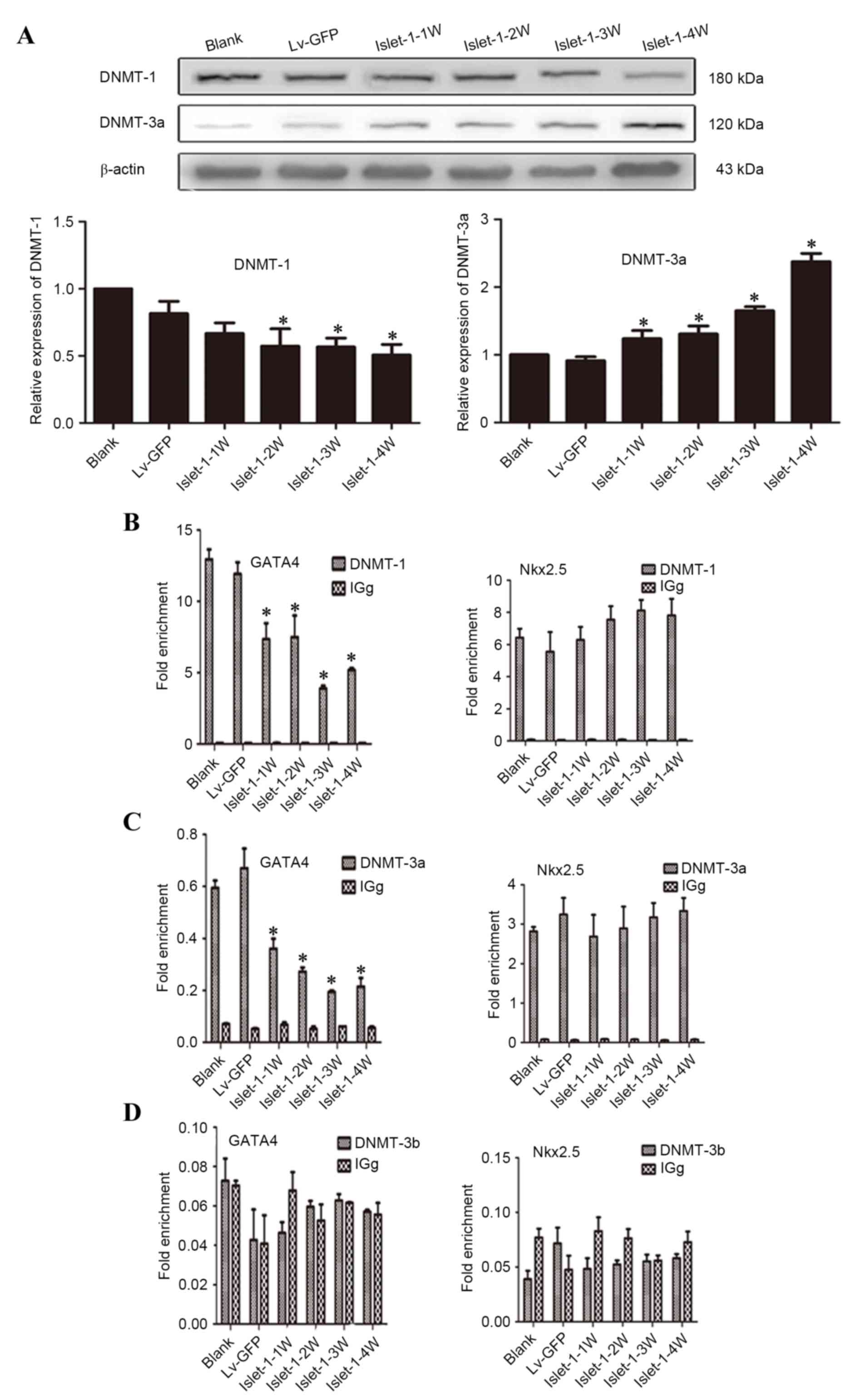|
1
|
Chou SH, Lin SZ, Kuo WW, Pai P, Lin JY,
Lai CH, Kuo CH, Lin KH, Tsai FJ and Huang CY: Mesenchymal stem cell
insights: Prospects in cardiovascular therapy. Cell Transplant.
23:513–529. 2014. View Article : Google Scholar : PubMed/NCBI
|
|
2
|
Kuraitis D, Ruel M and Suuronen EJ:
Mesenchymal stem cells for cardiovascular regeneration. Cardiovasc
Drugs Ther. 25:349–362. 2011. View Article : Google Scholar : PubMed/NCBI
|
|
3
|
Bianco P, Robey PG and Simmons PJ:
Mesenchymal stem cells: Revisiting history, concepts and assays.
Cell Stem Cell. 2:313–319. 2008. View Article : Google Scholar : PubMed/NCBI
|
|
4
|
Aldahmash A, Zaher W, Al-Nbaheen M and
Kassem M: Human stromal (mesenchymal) stem cells: Basic biology and
current clinical use for tissue regeneration. Ann Saudi Med.
32:68–77. 2012. View Article : Google Scholar : PubMed/NCBI
|
|
5
|
Huang L, Ma W, Ma Y, Feng D, Chen H and
Cai B: Exosomes in mesenchymal stem cells, a new therapeutic
strategy for cardiovascular diseases? Int J Biol Sci. 11:238–245.
2015. View Article : Google Scholar : PubMed/NCBI
|
|
6
|
Sheng CC, Zhou L and Hao J: Current stem
cell delivery methods for myocardial repair. Biomed Res Int.
2013:5479022013. View Article : Google Scholar : PubMed/NCBI
|
|
7
|
Brade T, Gessert S, Kühl M and Pandur P:
The amphibian second heart field: Xenopus islet-1 is required for
cardiovascular development. Dev Biol. 311:297–310. 2007. View Article : Google Scholar : PubMed/NCBI
|
|
8
|
Bu L, Jiang X, Martin-Puig S, Caron L, Zhu
S, Shao Y, Roberts DJ, Huang PL, Domian IJ and Chien KR: Human ISL1
heart progenitors generate diverse multipotent cardiovascular cell
lineages. Nature. 460:113–117. 2009. View Article : Google Scholar : PubMed/NCBI
|
|
9
|
Yang L, Cai CL, Lin L, Qyang Y, Chung C,
Monteiro RM, Mummery CL, Fishman GI, Cogen A and Evans S: Isl1Cre
reveals a common Bmp pathway in heart and limb development.
Development. 133:1575–1585. 2006. View Article : Google Scholar : PubMed/NCBI
|
|
10
|
Laugwitz KL, Moretti A, Caron L, Nakano A
and Chien KR: Islet1 cardiovascular progenitors: A single source
for heart lineages? Development. 135:193–205. 2008. View Article : Google Scholar : PubMed/NCBI
|
|
11
|
Nakano A, Nakano H and Chien KR:
Multipotent islet-1 cardiovascular progenitors in development and
disease. Cold Spring Harb Symp Quant Biol. 73:297–306. 2008.
View Article : Google Scholar : PubMed/NCBI
|
|
12
|
Cai CL, Liang X, Shi Y, Chu PH, Pfaff SL,
Chen J and Evans S: Isl1 identifies a cardiac progenitor population
that proliferates prior to differentiation and contributes a
majority of cells to the heart. Dev Cell. 5:877–889. 2003.
View Article : Google Scholar : PubMed/NCBI
|
|
13
|
Yin N, Lu R, Lin J, Zhi S, Tian J and Zhu
J: Islet-1 promotes the cardiac-specific differentiation of
mesenchymal stem cells through the regulation of histone
acetylation. Int J Mol Med. 33:1075–1082. 2014.PubMed/NCBI
|
|
14
|
Li L, Zhu J, Tian J, Liu X and Feng C: A
role for Gcn5 in cardiomyocyte differentiation of rat mesenchymal
stem cells. Mol Cell Biochem. 345:309–316. 2010. View Article : Google Scholar : PubMed/NCBI
|
|
15
|
Peng C, Zhu J, Sun HC, Huang XP, Zhao WA,
Zheng M, Liu LJ and Tian J: Inhibition of histone H3K9 acetylation
by anacardic acid can correct the over-expression of Gata4 in the
hearts of fetal mice exposed to alcohol during pregnancy. PLoS One.
9:e1041352014. View Article : Google Scholar : PubMed/NCBI
|
|
16
|
Bird A: DNA methylation patterns and
epigenetic memory. Genes Dev. 16:6–21. 2002. View Article : Google Scholar : PubMed/NCBI
|
|
17
|
Ting AH, Jair KW, Suzuki H, Yen RW, Baylin
SB and Schuebel KE: Mammalian DNA methyltransferase 1: Inspiration
for new directions. Cell Cycle. 3:1024–1026. 2004. View Article : Google Scholar : PubMed/NCBI
|
|
18
|
Wu Y, Strawn E, Basir Z, Halverson G and
Guo SW: Aberrant expression of deoxyribonucleic acid
methyltransferases DNMT1, DNMT3A and DNMT3B in women with
endometriosis. Fertil Steril. 87:24–32. 2007. View Article : Google Scholar : PubMed/NCBI
|
|
19
|
Luczak MW, Roszak A, Pawlik P, Kędzia H,
Kędzia W, Malkowska-Walczak B, Lianeri M and Jagodziński PP:
Transcriptional analysis of CXCR4, DNMT3A, DNMT3B and DNMT1 gene
expression in primary advanced uterine cervical carcinoma. Int J
Oncol. 40:860–866. 2012.PubMed/NCBI
|
|
20
|
Liao J, Karnik R, Gu H, Ziller MJ, Clement
K, Tsankov AM, Akopian V, Gifford CA, Donaghey J, Galonska C, et
al: Targeted disruption of DNMT1, DNMT3A and DNMT3B in human
embryonic stem cells. Nat Genet. 47:469–478. 2015. View Article : Google Scholar : PubMed/NCBI
|
|
21
|
Livak KJ and Schmittgen TD: Analysis of
reltive gene expression data using real-time quantitative PCR and
the 2(−Delta Delta C(T)) method. Methods. 25:402–408. 2001.
View Article : Google Scholar : PubMed/NCBI
|
|
22
|
Fu L, Xia Y, He J, Liu X, Chen X, Wang Y
and Ding Y: Data analysis and its analytical softs application on
DNA methylation in tumor research. Zhong Qing Yi Xue Bian Ji Bu.
41:1719–1721, 1726. 2012.(In Chinese).
|
|
23
|
Xu H, Yi Q, Yang C, Wang Y, Tian J and Zhu
J: Histone modifications interact with DNA methylation at the GATA4
promoter during differentiation of mesenchymal stem cells into
cardiomyocyte-like cells. Cell Prolif. 49:315–329. 2016. View Article : Google Scholar : PubMed/NCBI
|
|
24
|
Kawamura T, Ono K, Morimoto T, Wada H,
Hirai M, Hidaka K, Morisaki T, Heike T, Nakahata T, Kita T and
Hasegawa K: Acetylation of GATA-4 is involved in the
differentiation of embryonic stem cells into cardiac myocytes. J
Biol Chem. 280:19682–19688. 2005. View Article : Google Scholar : PubMed/NCBI
|
|
25
|
Pasini A, Bonafè F, Govoni M, Guarnieri C,
Morselli PG, Sharma HS, Caldarera CM, Muscari C and Giordano E:
Epigenetic signature of early cardiac regulatory genes in native
human adipose-derived stem cells. Cell Biochem Biophys. 67:255–262.
2013. View Article : Google Scholar : PubMed/NCBI
|
|
26
|
Zhang H and Wang ZZ: Mechanisms that
mediate stem cell self-renewal and differentiation. J Cell Biochem.
103:709–718. 2008. View Article : Google Scholar : PubMed/NCBI
|
|
27
|
Ohtani K and Dimmeler S: Epigenetic
regulation of cardiovascular differentiation. Cardiovasc Res.
90:404–412. 2011. View Article : Google Scholar : PubMed/NCBI
|
|
28
|
Spivakov M and Fisher AG: Epigenetic
signatures of stem-cell identity. Nat Rev Genet. 8:263–271. 2007.
View Article : Google Scholar : PubMed/NCBI
|
|
29
|
Hawkins RD, Hon GC, Lee LK, Ngo Q, Lister
R, Pelizzola M, Edsall LE, Kuan S, Luu Y, Klugman S, et al:
Distinct epigenomic landscapes of pluripotent and lineage-committed
human cells. Cell Stem Cell. 6:479–491. 2010. View Article : Google Scholar : PubMed/NCBI
|
|
30
|
Horikoshi M: Histone acetylation: From
code to web and router via intrinsically disordered regions. Curr
Pharm Des. 19:5019–5042. 2013. View Article : Google Scholar : PubMed/NCBI
|
|
31
|
Oligny LL: Human molecular embryogenesis:
An overview. Pediatr Dev Pathol. 4:324–343. 2001. View Article : Google Scholar : PubMed/NCBI
|
|
32
|
Sadoul K, Boyault C, Pabion M and Khochbin
S: Regulation of protein turnover by acetyltransferases and
deacetylases. Biochimie. 90:306–312. 2008. View Article : Google Scholar : PubMed/NCBI
|
|
33
|
Kurdistani SK and Grunstein M: Histone
acetylation and deacetylation in yeast. Nat Rev Mol Cell Biol.
4:276–284. 2003. View Article : Google Scholar : PubMed/NCBI
|
|
34
|
Hu Z, Song N, Zheng M, Liu X, Liu Z, Xing
J, Ma J, Guo W, Yao Y, Peng H, et al: Histone acetyltransferase
GCN5 is essential for heat stress-responsive gene activation and
thermotolerance in arabidopsis. Plant J. 84:1178–1191. 2015.
View Article : Google Scholar : PubMed/NCBI
|
|
35
|
Kuo YM and Andrews AJ: Quantitating the
specificity and selectivity of Gcn5-mediated acetylation of histone
H3. PLoS One. 8:e548962013. View Article : Google Scholar : PubMed/NCBI
|
|
36
|
Kornacki JR, Stuparu AD and Mrksich M:
Acetyltransferase p300/CBP associated factor (PCAF) regulates
crosstalk-dependent acetylation of histone H3 by distal site
recognition. ACS Chem Biol. 10:157–164. 2015. View Article : Google Scholar : PubMed/NCBI
|
|
37
|
Zheng M, Zhu J, Lu T, Liu L, Sun H, Liu Z
and Tian J: P300-mediated histone acetylation is essential for the
regulation of GATA4 and MEF2C by BMP2 in H9c2 cells. Cardiovasc
Toxicol. 13:316–322. 2013. View Article : Google Scholar : PubMed/NCBI
|
|
38
|
Nagre NN, Subbanna S, Shivakumar M,
Psychoyos D and Basavarajappa BS: CB1-receptor knockout neonatal
mice are protected against ethanol-induced impairments of DNMT1,
DNMT3A and DNA methylation. J Neurochem. 132:429–442. 2015.
View Article : Google Scholar : PubMed/NCBI
|
|
39
|
Arakawa Y, Watanabe M, Inoue N, Sarumaru
M, Hidaka Y and Iwatani Y: Association of polymorphisms in DNMT1,
DNMT3A, DNMT3B, MTHFR and MTRR genes with global DNA methylation
levels and prognosis of autoimmune thyroid disease. Clin Exp
Immunol. 170:194–201. 2012. View Article : Google Scholar : PubMed/NCBI
|
|
40
|
Subramaniam D, Thombre R, Dhar A and Anant
S: DNA methyltransferases: A novel target for prevention and
therapy. Front Oncol. 4:802014. View Article : Google Scholar : PubMed/NCBI
|
|
41
|
Minardi D, Lucarini G, Filosa A, Zizzi A,
Milanese G, Polito M Jr, Polito M, Di Primio R, Montironi R and
Muzzonigro G: Do DNA-methylation and histone acetylation play a
role in clear cell renal carcinoma? Analysis of radical nephrectomy
specimens in a long-term follow-up. Int J Immunopathol Pharmacol.
24:149–158. 2011. View Article : Google Scholar : PubMed/NCBI
|
|
42
|
Wu LP, Wang X, Li L, Zhao Y, Lu S, Yu Y,
Zhou W, Liu X, Yang J, Zheng Z, et al: Histone deacetylase
inhibitor depsipeptide activates silenced genes through decreasing
both CpG and H3K9 methylation on the promoter. Mol Cell Biol.
28:3219–3235. 2008. View Article : Google Scholar : PubMed/NCBI
|



